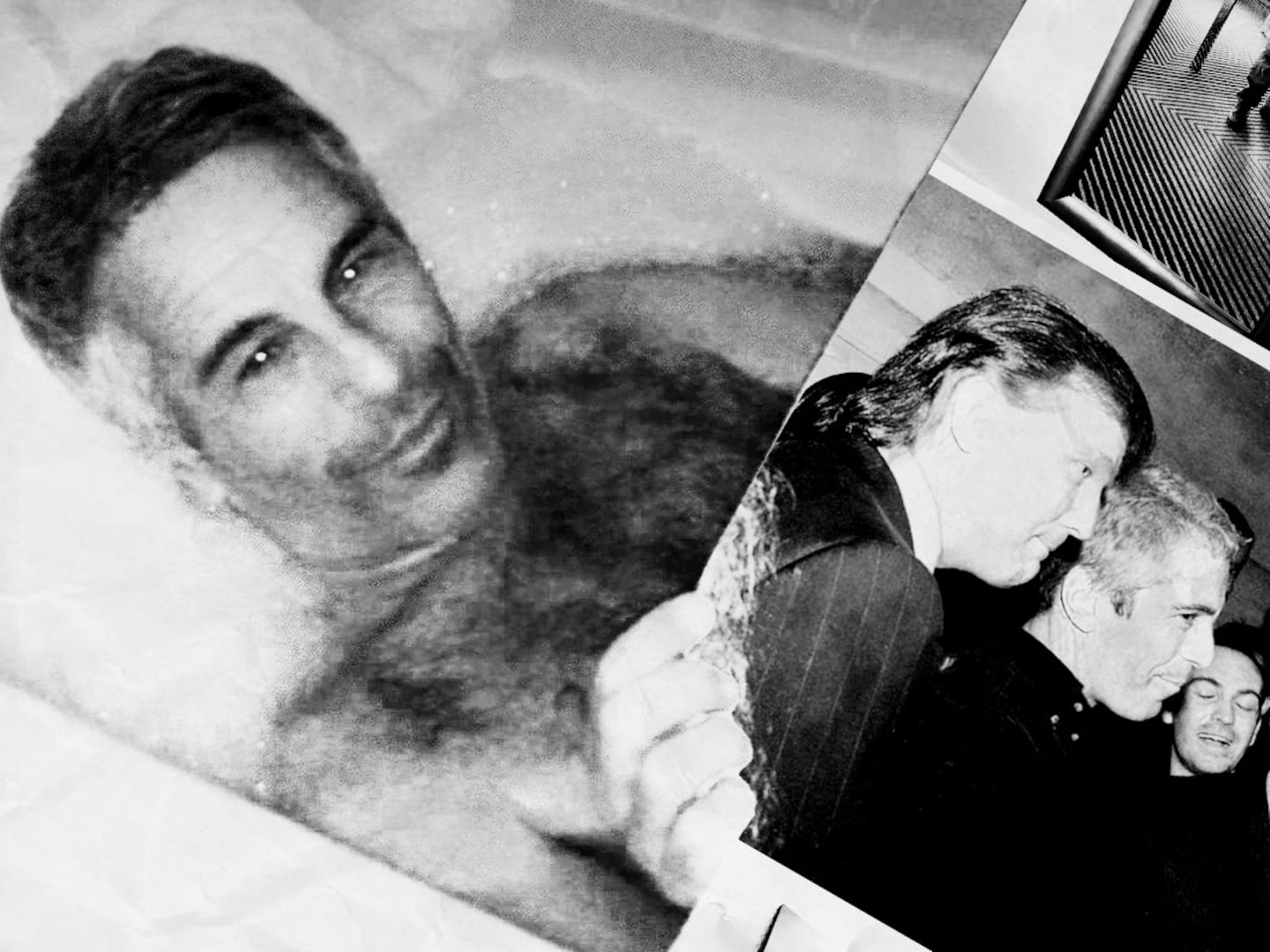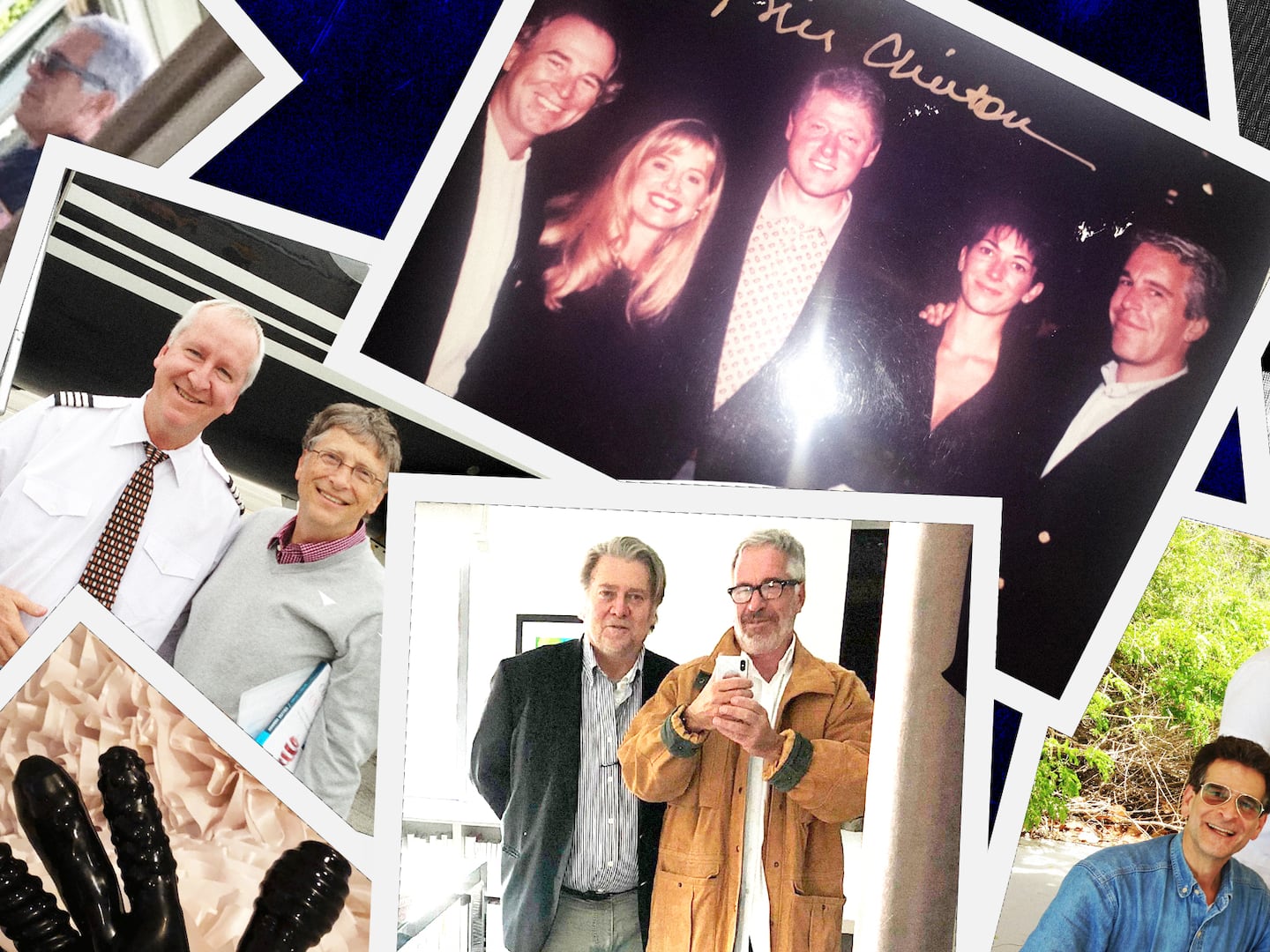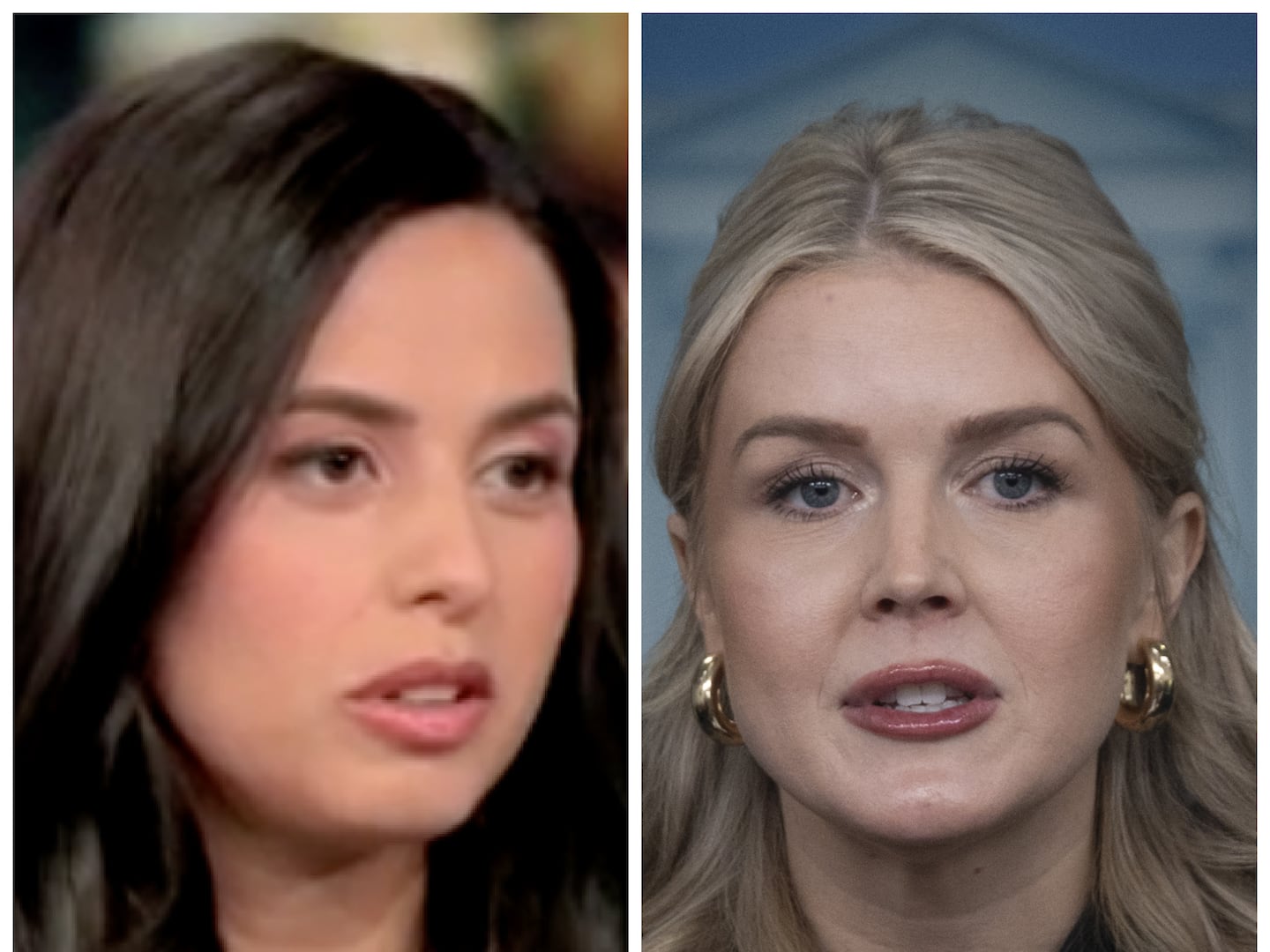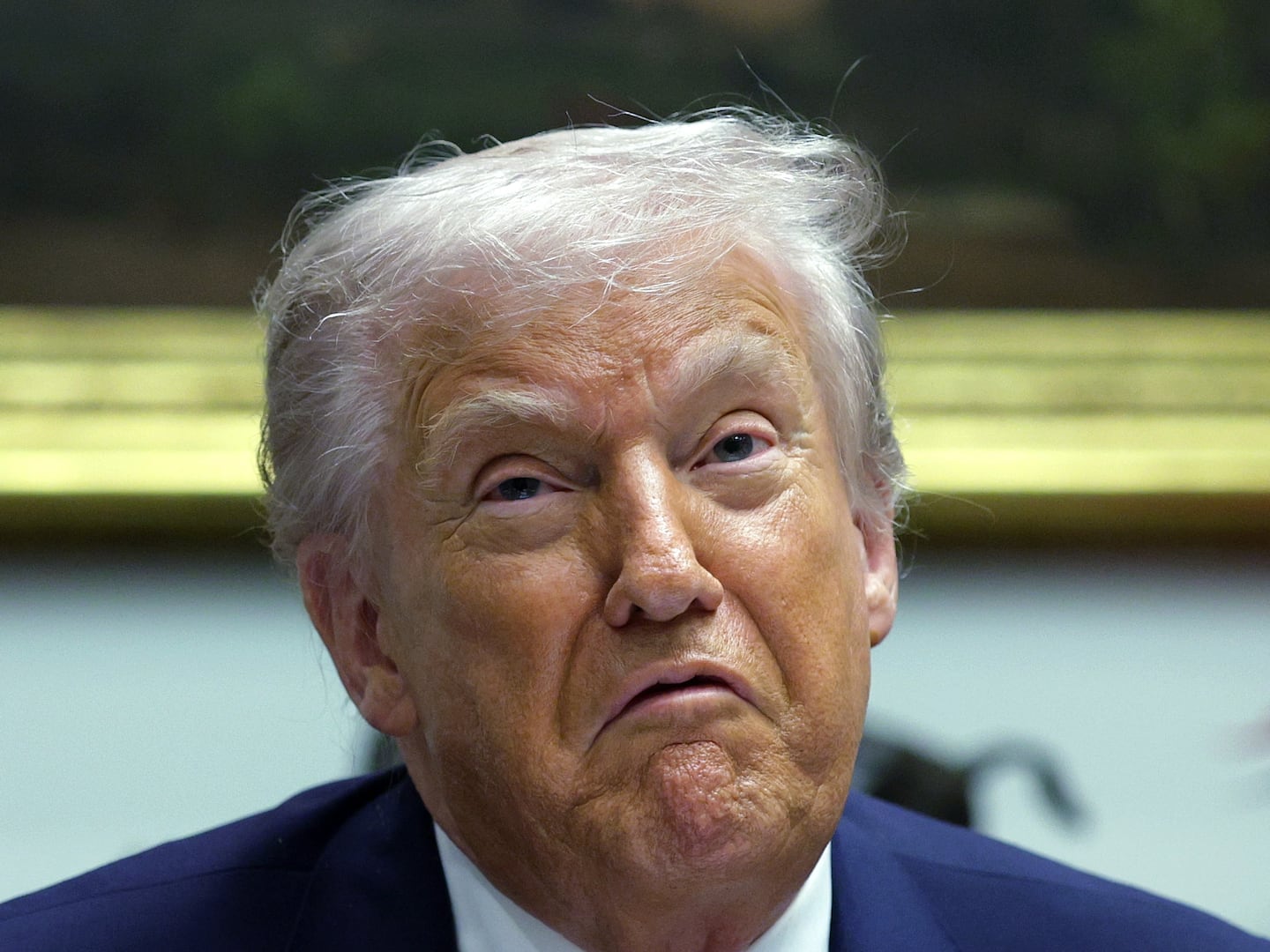Rap music was probably not the most obvious choice for a 90-pound, middle school-aged Muslim girl growing up in Montclair, New Jersey. But there was something about the “fuck what you think, I’m doing me” attitude in rap music that always spoke to me.
When I look back and think of why that was (and still is), it becomes so clear. It was necessary. Rap was the only visible answer I had to the blonde-hair, blue-eyed pop stars of the ’90s who so poorly represented kids like me. In the ’90s, eating humus and sporting henna tattoos was weird but if rappers could take what they were given and spin it into coolness, so could I.
Like me, Shea Serrano is not the type you’d peg to have penned one of the most comprehensive studies of rap ever written. The Texas native used to teach science to 8th graders—now his new book, The Rap Yearbook, is so in demand that it sold out in one day. Full of incredible original illustrations and infographics deconstructing subjects like the moods of Drake’s last four albums into pie charts, Serrano lays down the most influential songs of every year since 1979. The book not only shows the progression of rap history, but also maps out black culture in America over the years. The Daily Beast caught up with Serrano at his book launch in New York to discuss the project more in-depth.

How long did it take you to research the book?
Fifteen months maybe? It was way more then I thought it was going to be, that’s for sure. I thought I’d be able to crank them out in two or three days for each chapter, but it turned into a week, then two weeks, then three weeks because you got to read all this junk, watch some other stuff, and then you find new things that you didn’t know about and now you got to research that. It was not fun. (Laughs.)
Yes! There was a lot of detail!
So much stuff!
What was the methodology behind deciding the most influential song for each year?
I just tried to pick the songs that incited some sort of change or were indicative about something that was happening that was bigger than rap itself. So, in some cases it would be something like how The Breaks by Kurtis Blow had a chorus, so that’s an easy one that had to do specifically with rap. But then there are other songs like Fight the Power by Public Enemy, its contributions are bigger than rap. So I was just looking for those sorts of moments to pinpoint in each year.

How have you found that hip-hop has changed over the years?
There’s just been a steady evolution in the style that’s rapped and also the things that are said. We’re at a point now where you’re barely even saying any words in English. You’re just sort of grunting and gargling and doing this really fun stuff.

Do you actually mean fun stuff or, sarcastically, “fun stuff”?
No I really like it! Like Fetty Wap—I jam that album so hard. It comes on and it just puts a feeling in your chest and I just want to go. And I think that’s what the best kind of rap does. Sometimes it’s bigger than that but if you can make that feeling then you’re doing something right.
What sets hip-hop apart from other genres of music?
Maybe it’s a little more political then other genres. It was certainly born of strife and heartache.
There’s so many amazing infographics in the book. How did you come up with them and what was that process like?
We wanted every chapter to have a style map or some sort of infographic. Then it’s just a matter of looking at the song and seeing what makes sense. Like when we did the NWA one, you listen to it and there’s so many curse words so, Let’s just count the curse words. Or you’ve got another one about the first pop-rap song so let’s make a chart showing the different types of pop-rap. You just listen to a song and it’ll tell you what to do.

Where there any years that were especially hard to pick or, conversely, easy to pick?
The easy ones were the ones that had an obvious change, like Straight Out of Compton or The Breaks. The more difficult ones were ones [that came out when] I was 17 or 18 years old and I wanted to just pick a song that I liked and that I wanted to write about. Those ones were tricky. We would take a list of 10 songs that were big that year and then try to sum it up in 2 or 3 sentences. What’s the argument for this song being important? You do that for each one and then when you read it like that, it becomes obvious which one is jumping out and which one was just the song that was playing the first time you held hands with a girl or whatever.
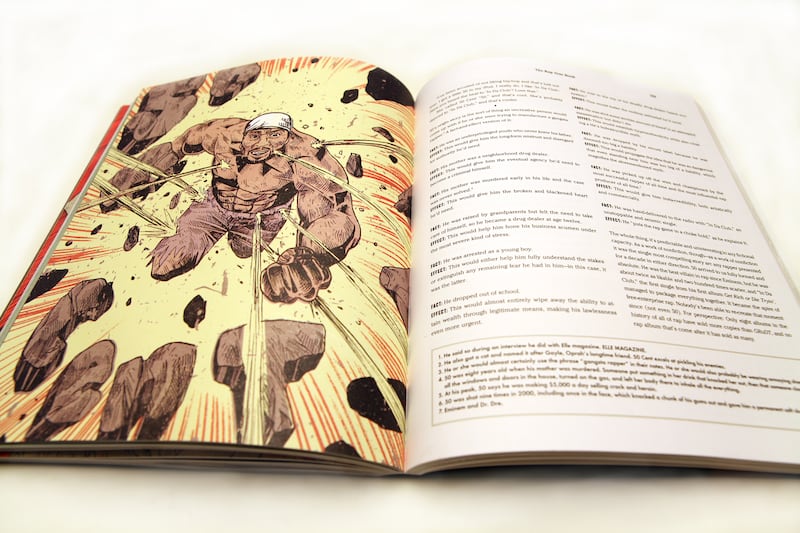
Hip-hop has become a lot more mainstream recently, why do you think that is?
Because that’s where the money is!
But why is the money there?
That’s a tough question…
Its interesting when you hear the radio, every pop star starlet wants a rapper do a guest verse on their song and you see shows like Empire doing really well. When I was younger I loved rap so much because it was the closest thing that was relatable coming from an immigrant family. I never could’ve imagined it becoming so mainstream.
Now it is [becoming mainstream], but now you are too!



